Search
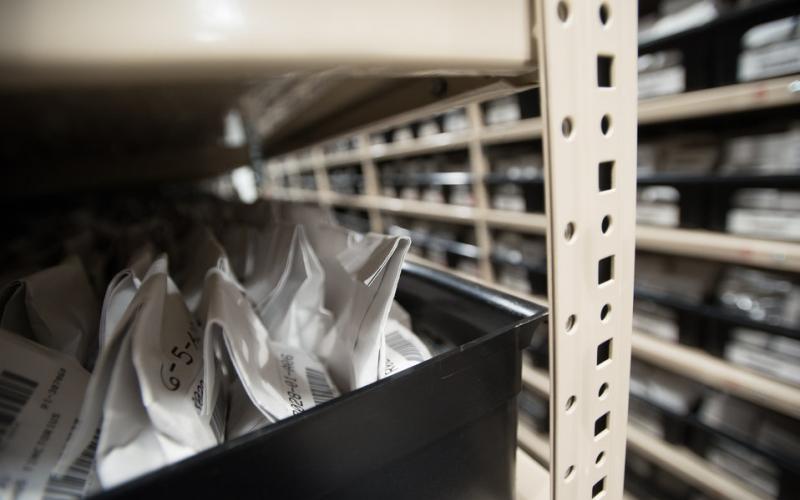
Healthy Seeds Make Healthy Plants
Saving seeds is a fun and economical way to produce plants for the next year. There are concerns however when saving seeds about seed-borne diseases.
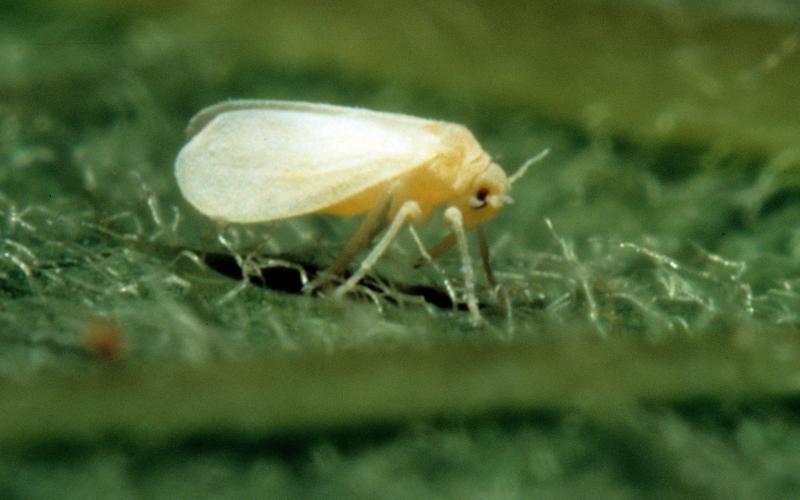
Biological Control of Pests in High Tunnels
Major insect and mite pests in high tunnels include aphids, thrips, white flies, and spider mites. Biological control uses living organisms (natural enemies) to suppress or limit pest populations to levels that do not cause economic injury to the crop.
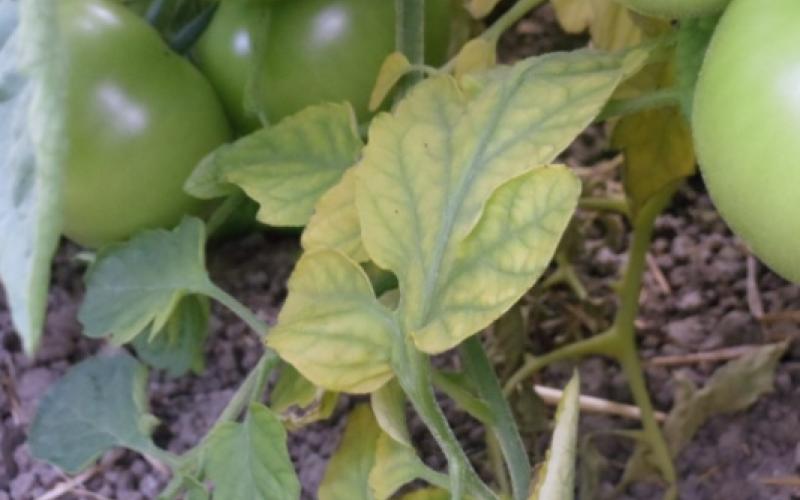
Monitoring and Correcting Magnesium Deficiency in High Tunnels
This point in the growing season is a good time to monitor and correct for magnesium deficiency in high tunnel crops, especially on tomatoes. Deficiency symptoms normally appear mid-season on plants with heavy fruit loads.
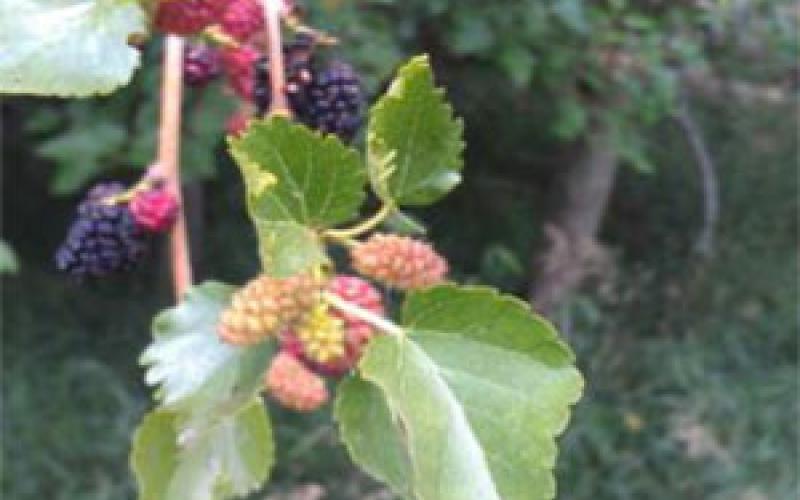
Mulberry Trees
Every year about this time I received a few samples of mulberry trees. This is a very common tree in South Dakota, not so much from being planted by people but from birds.
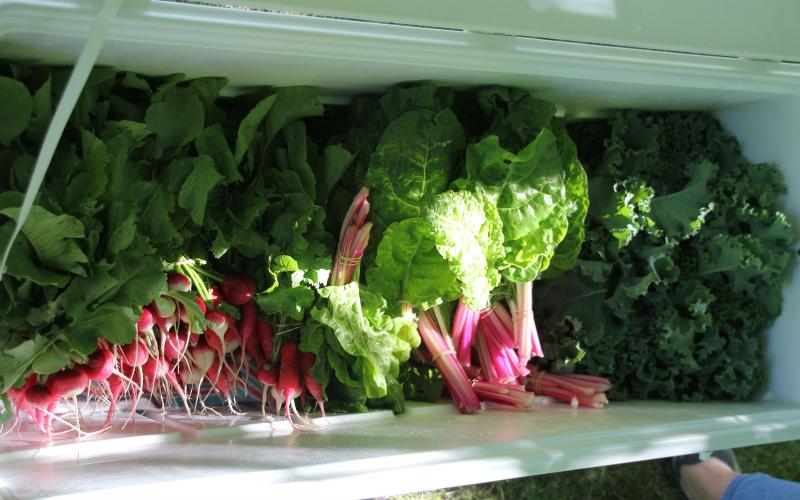
Container Gardens and CSAs
Just about all of us have room to grow a few vegetables, as long as you have some space where they can get good sun exposure for at least six hours a day. You don’t even have to have a garden!
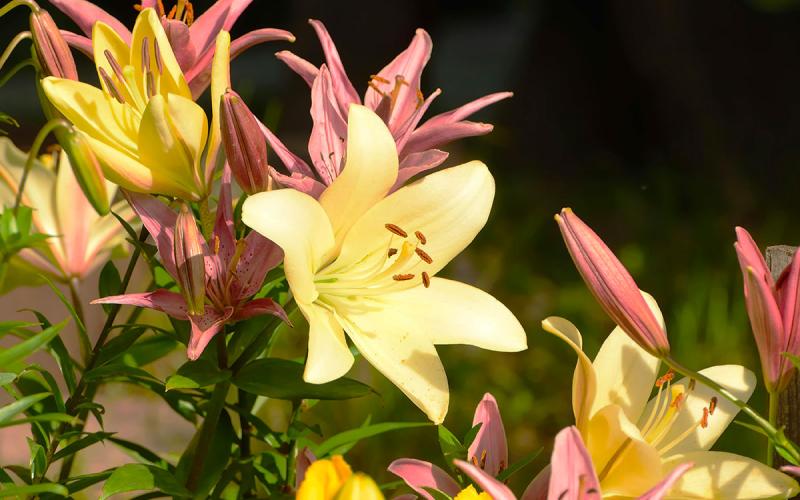
Growing Lilies in the Home Garden
Lilies have long been a perennial staple of many gardens. They are prized for their large, showy, and often-fragrant flowers.
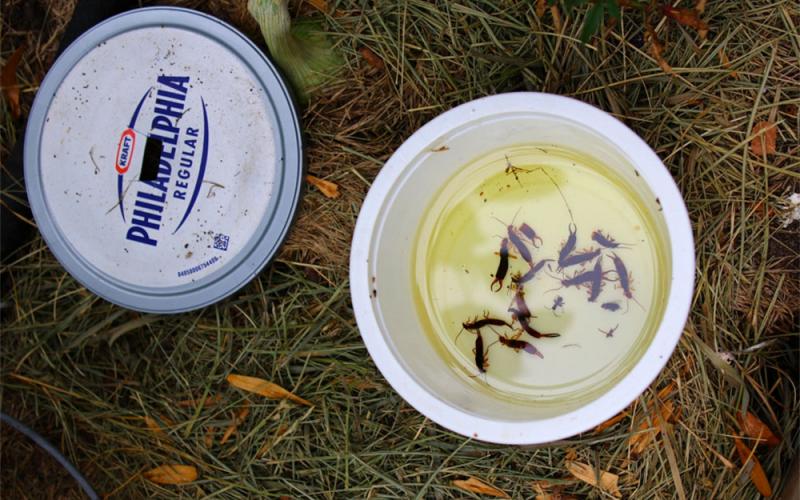
Earwigs in the Garden: Less-Toxic Control Alternative
Since earwigs provide some ecological service as natural enemies, I hesitate to recommend a pesticide application to control it. As an alternative least-toxic solution, bait trapping the earwigs should work to reduce the insect’s population to the non-threatening levels.
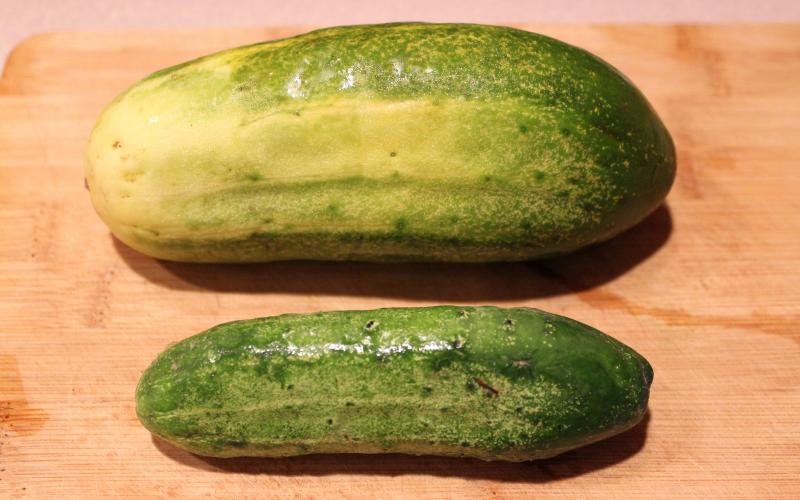
Harvesting Cucumbers
Cucumbers fresh from the garden are a summer treat! Harvesting them frequently not only helps keep the plant producing new fruit, but it also helps ensure that you are picking them at their optimal flavor and tenderness.
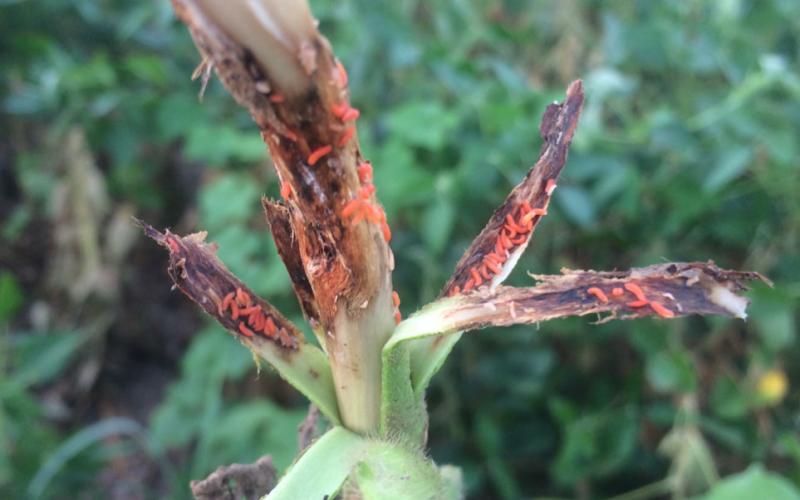
Soybean Gall Midge: What We Know So Far
In 2018, South Dakota soybean farmers were faced with a new soybean insect pest. What started with dying field borders ultimately ended with yield losses throughout many fields on the Eastern side of the state. We determined that the pest in question was the soybean gall midge.
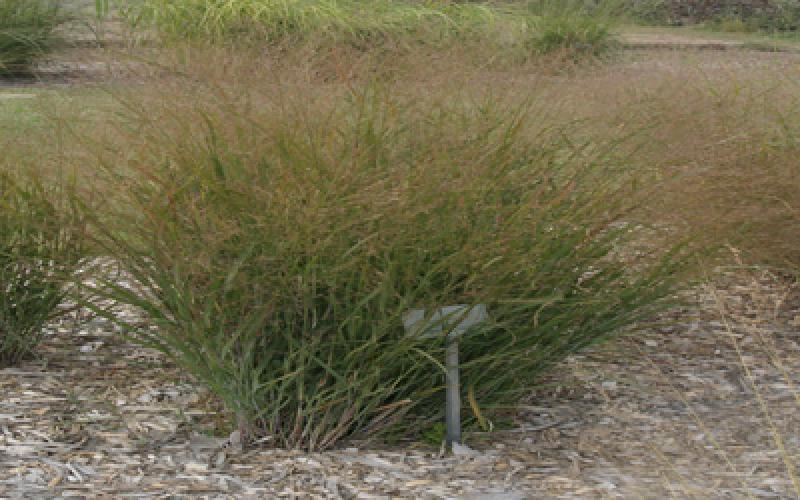
Native Plants: Switchgrass (Panicum virgatum)
Switchgrass (Panicum virgatum) is a native, warm season prairie grass that has slowly found its way into the popular ornamental grass market.